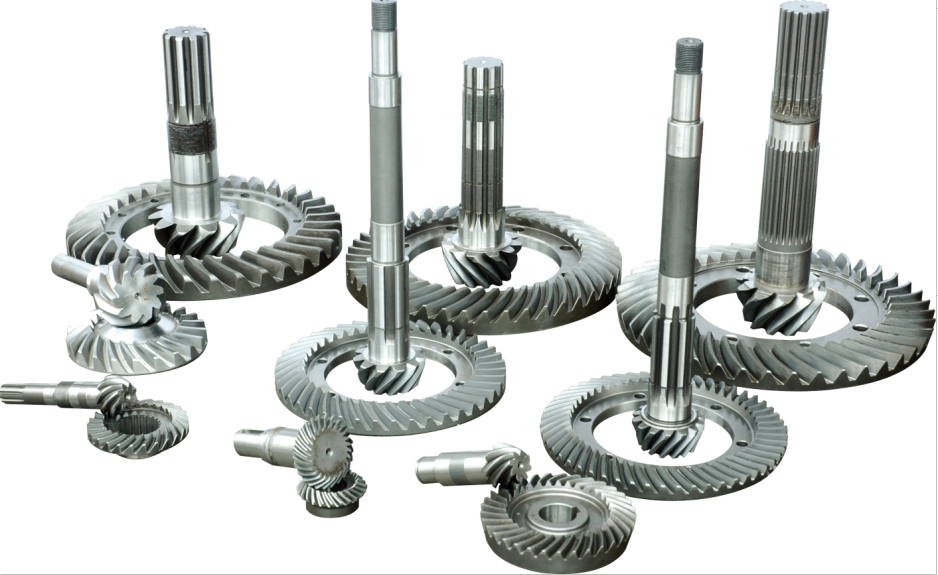
Worm gears are fascinating mechanical devices used in gear systems to transmit motion and power between perpendicular shafts. Let’s explore their design and functionality in more detail:
- Design of Worm Gears:
- Worm: The worm is a threaded cylindrical gear with one or more helical threads wrapped around it. It resembles a screw. The helix angle of the worm thread determines the gear ratio and influences the efficiency and load-carrying capacity of the gear system. The worm can have a single start (one thread) or multiple starts (multiple threads) depending on the desired gear ratio.
- Worm Wheel: The worm wheel, also known as the worm gear, is a toothed gear that meshes with the worm. It has a concave shape that matches the profile of the worm threads. The number of teeth on the worm wheel is typically higher than the number of threads on the worm, resulting in a high gear ratio.
- Functionality of Worm Gears:
- Speed Reduction: Worm gears are primarily used for speed reduction applications. The gear ratio in a worm gear system is determined by the number of teeth on the worm wheel and the number of starts on the worm. The high gear ratio achieved by worm gears allows for significant speed reduction, making them suitable for applications requiring high torque output and low-speed rotation.
- Power Transmission: Worm gears are known for their ability to transmit high torque. The design of the worm gear system, with the threads of the worm meshing with the teeth of the worm wheel, provides a large contact area, enabling efficient power transmission. This makes worm gears well-suited for heavy-duty applications that require the transfer of substantial power.
- Self-Locking: One unique characteristic of worm gears is their self-locking ability. Due to the angle of the worm thread, the gear system exhibits a self-locking property, meaning the worm wheel cannot drive the worm in the reverse direction. This feature is valuable in applications where it is crucial to prevent the output shaft from rotating backward under load. The self-locking ability makes worm gears suitable for applications like lifts, hoists, and other mechanisms that require holding a load in place.
- Compact Size: Worm gears offer high gear ratios in a relatively compact design. Compared to other types of gear systems, such as spur gears or bevel gears, worm gears can achieve significant speed reduction within a shorter axial length. This compactness makes them advantageous in applications where space is limited.
- Lubrication and Efficiency:
- Lubrication: Proper lubrication is essential for the efficient operation and longevity of worm gears. Lubricants help reduce friction and wear between the worm threads and the worm wheel teeth. Adequate lubrication minimizes heat generation, improves efficiency, and extends the gear system’s service life. Lubricants with high film strength and good adhesion properties are commonly used in worm gear applications.
- Efficiency: Worm gears typically have lower efficiency compared to other gear types due to sliding friction between the worm threads and the worm wheel teeth. The sliding motion generates more frictional losses, resulting in some energy loss. However, through proper design optimization, material selection, and lubrication, it is possible to enhance the efficiency of worm gears and reduce the energy losses.
Worm gears find application in various industries, including automotive, machinery, robotics, and industrial equipment. Their unique design and functionality make them well-suited for scenarios requiring high torque, speed reduction, compactness, and self-locking capabilities. Engineers continue to refine the design and lubrication techniques to improve the efficiency and performance of worm gear systems for diverse applications.
